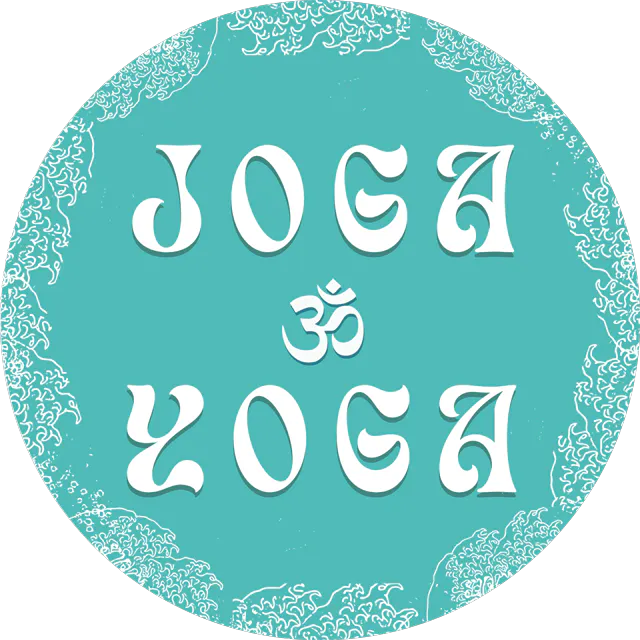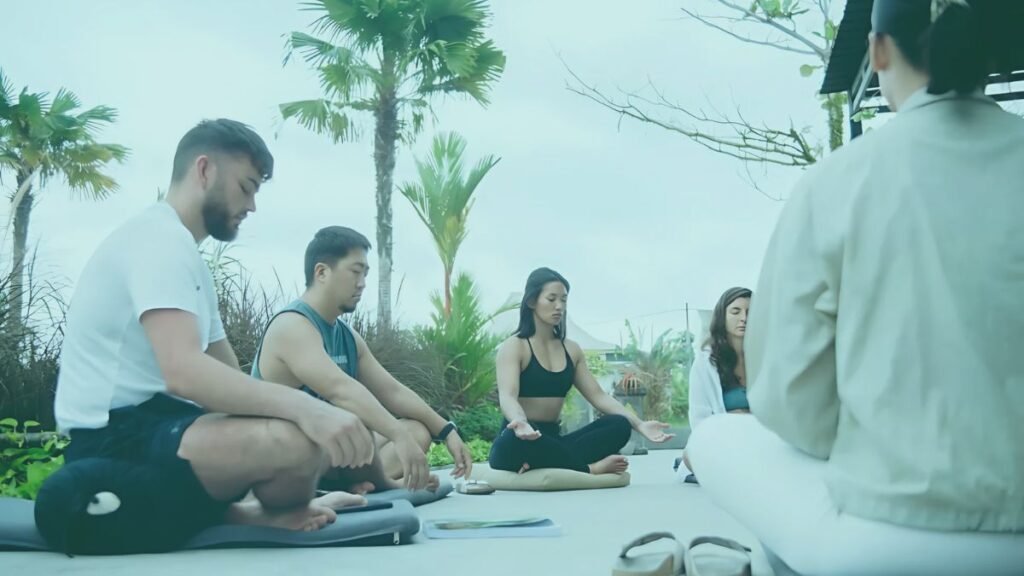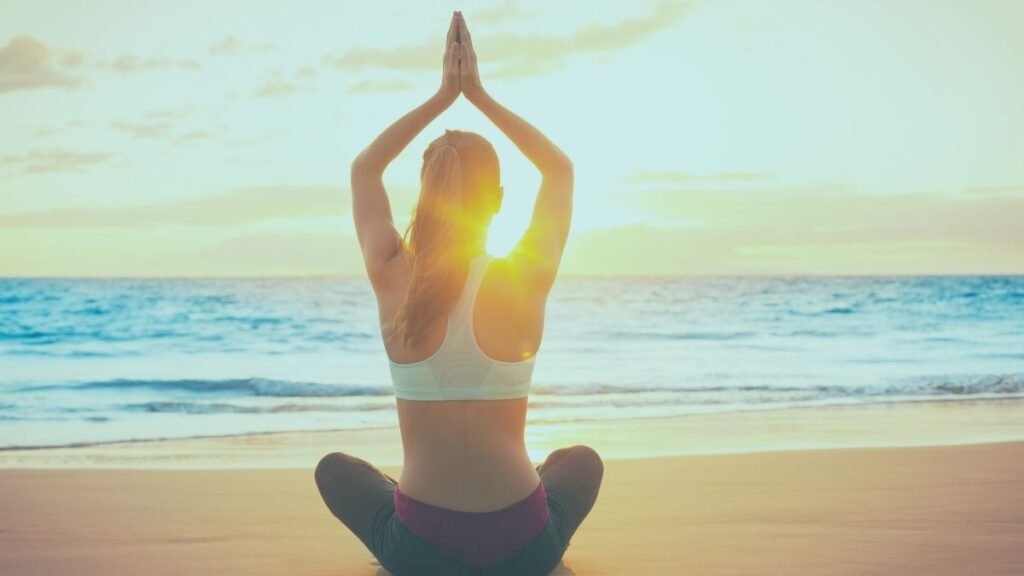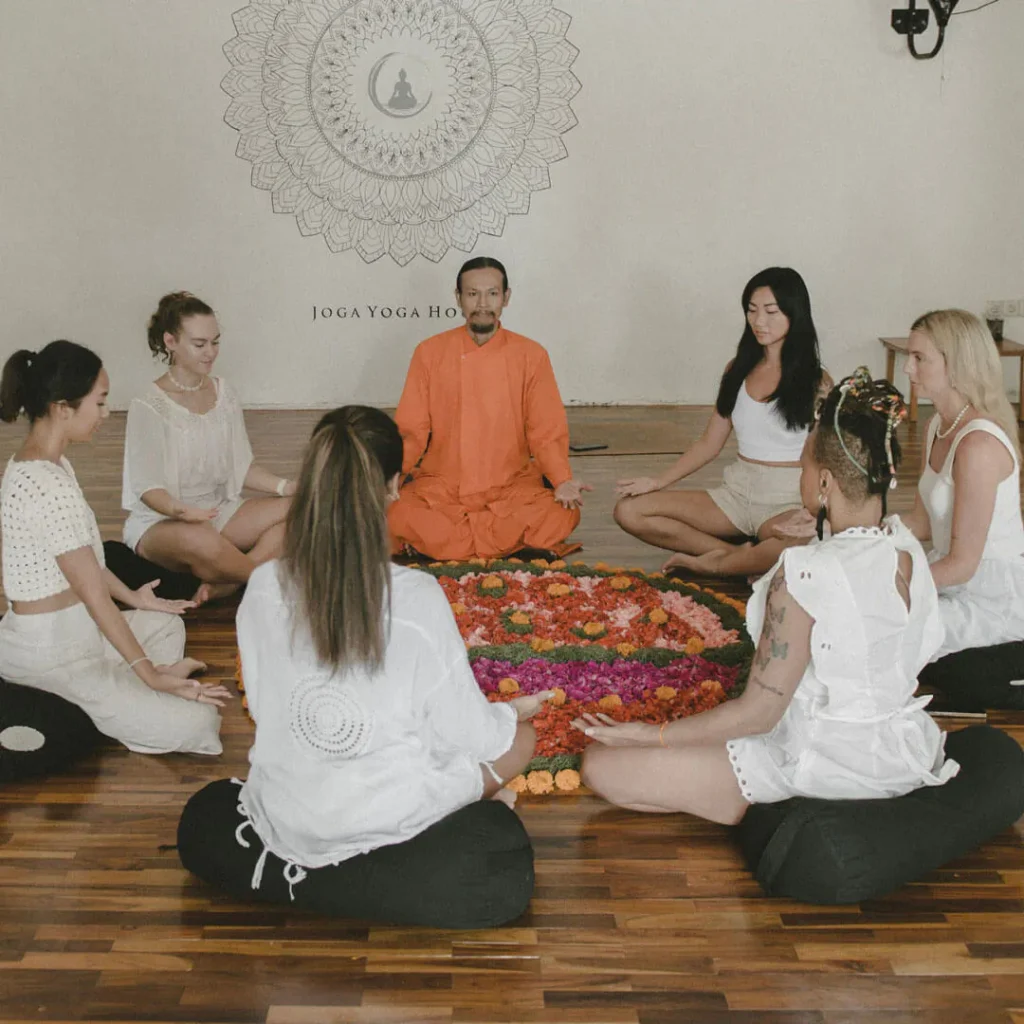What’s the Core Difference Between a Yoga Retreat and a Teacher Training?
At first glance, yoga retreats and teacher trainings might seem similar. Both often take place in scenic destinations like Bali, both involve daily yoga and meditation, and both promise some form of transformation. But when you look closer, the intention, structure, and outcome of each are completely different.
A yoga retreat is about pressing pause. It’s a space to unwind, reconnect with yourself, and experience yoga as a personal healing tool. Most retreats focus on physical practices, breathwork, relaxation techniques, and mindfulness, without any academic or teaching components. You’re there to receive, not to perform.
A yoga teacher training (YTT), on the other hand, is a structured course that equips you with the skills, knowledge, and confidence to guide others through yoga. It includes modules on anatomy, teaching methodology, and philosophy — and typically leads to a Yoga Alliance–certified qualification. To see how this works in practice, check out our full guide to yoga teacher training in Bali, which outlines schedule, structure, and expectations.
If you’re not sure which is right for you, it helps to look at your current needs:
- Do you want to relax and restore?
- Or are you ready to challenge yourself, grow, and commit to a deeper path?
In the next sections, we’ll break down what each one looks like in practice so you can decide what aligns best with where you are right now.
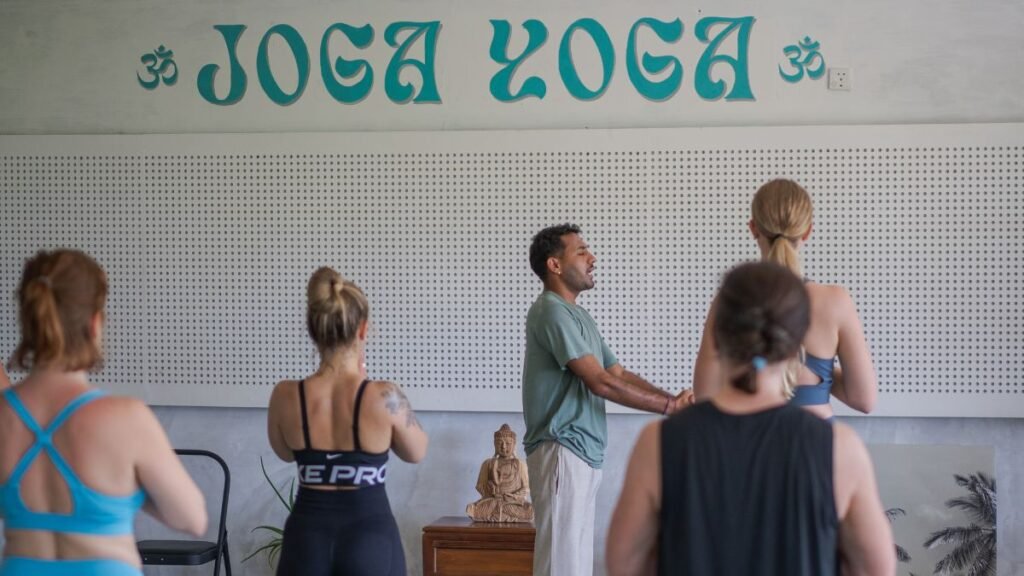
What Is a Yoga Retreat?
A yoga retreat is a short-term immersive experience designed to help you step away from the busyness of daily life and reconnect with yourself. It’s less about structure and certification, and more about relaxation, reflection, and reconnection.
Most retreats include daily yoga and meditation, nourishing meals, and plenty of free time to rest, explore, or journal. You might attend optional workshops on breathwork, self-inquiry, or healing practices — but there’s no curriculum, no assessments, and no teaching requirements.
In Bali, yoga retreats often take place in tranquil settings like Ubud or Canggu, where the natural environment supports the healing process. Whether you’re staying by the beach or surrounded by jungle, the vibe is about being present, not performing.
Retreats are ideal if you’re:
- New to yoga and curious to explore the practice in a low-pressure setting
- Burned out and in need of physical or emotional restoration
- Traveling solo and seeking conscious community without a long-term commitment
To see what the day-to-day yoga lifestyle looks like in Canggu — whether you’re on retreat or just visiting — check out this local guide to yoga in Canggu.
What Is a Yoga Teacher Training?
A yoga teacher training, or YTT, is a structured program that goes far beyond daily yoga practice. It’s designed for students who want to deepen their understanding of yoga, commit to a disciplined learning journey, and potentially become certified instructors.
Unlike a retreat, a YTT follows a fixed schedule. You’ll train for 21 to 30 days depending on the level, with long-format days that combine theory, technique, and hands-on teaching practice. You won’t just do yoga — you’ll learn how to teach it.
Topics typically include:
- Asana breakdowns and alignment
- Anatomy and physiology
- Teaching methodology and cueing
- Yoga philosophy, history, and ethics
- Meditation and pranayama techniques
You’ll also develop personal discipline, build teaching confidence, and leave with a new sense of what yoga truly is — both as a practice and as a lifestyle.
Most programs, including the 200-hour and 300-hour courses offered by Joga Yoga, are Yoga Alliance–certified, meaning you’ll graduate with credentials that are recognized worldwide. If you’re curious about how these certifications compare, this breakdown of the difference between 200-hour and 300-hour YTTs might help clarify which path fits your goals.
How to Know Which One You Actually Need
If you’re torn between a yoga retreat and a teacher training, it helps to get clear on your intention.
Start by asking yourself:
- Are you looking to rest and reconnect, or are you feeling called to learn and grow?
- Do you want to deepen your personal practice without pressure, or do you feel ready to step into the role of a guide?
- Are you interested in yoga as a lifestyle, or yoga as a skillset?
Choose a Retreat If:
- You feel mentally or physically exhausted and need space to slow down
- You want to travel and meet like-minded people without an intense schedule
- You’re new to yoga and want to explore the practice before committing to a course
Choose a Teacher Training If:
- You feel pulled to go deeper, even if you’re not sure about teaching yet
- You’re ready for structure, routine, and self-discipline
- You want to walk away with both personal transformation and professional certification
Still not sure? Learning about foundational styles like Hatha yoga can help you better understand what kind of journey you’re drawn to — whether it’s introspective and calming, or focused and dynamic.
Remember, both paths are valid. It’s just a matter of what serves your growth right now.
Cost, Duration, and Commitment: A Side-by-Side Comparison
Choosing between a yoga retreat and a yoga teacher training often comes down to practical factors — time, budget, and how much structure you’re ready for.
Here’s a side-by-side comparison to help you see the core differences at a glance:
| Feature | Yoga Retreat | Yoga Teacher Training |
| Typical Duration | 3–7 days | 21–30 days |
| Daily Schedule | Flexible | Structured and full-day |
| Goal | Relaxation and self-care | Education, growth, certification |
| Workload | Light and optional | Intensive and immersive |
| Cost Range | €300–€1,500 | €1,500–€3,500 |
| Certification | No | Yes (Yoga Alliance eligible) |
| Teaching Practice | No | Yes (mandatory practicum) |
| Best For | Beginners, travelers, rest seekers | Aspiring teachers or serious students |
If you’re leaning toward a training and want a breakdown of what your investment includes — from accommodation to meals and excursions — check out our detailed cost guide to yoga teacher training in Bali.
When to Start With a Retreat (And When to Go Straight Into YTT)
Not everyone is ready for a teacher training right away — and that’s okay. Sometimes the best path to transformation is to slow down first, and let clarity come from experience.
If you’re still unsure where to start, consider the following:
A Retreat Might Be Right for You If:
- You’ve never practiced yoga consistently and want to ease into it
- You’re burned out, anxious, or overwhelmed — and need rest, not rigor
- You’re curious about yoga’s healing power but not yet ready to study it formally
- You want to explore different teachers, styles, and practices without a schedule
In this case, a retreat acts as a soft introduction — a way to reconnect with your body and breath before deciding whether a training is the right next step.

A Teacher Training Might Be Right for You If:
- You’ve been practicing yoga regularly and feel the call to go deeper
- You’re interested in learning how yoga works beyond just the postures
- You’re drawn to teaching — even if you’re not ready to teach right away
- You thrive with structure, discipline, and personal growth challenges
For many of our students, the 200-hour training is not just about teaching — it’s about personal empowerment, emotional reset, and embodied learning. You don’t need to be “advanced” to begin. You just need to be ready to commit.
✅ Learn what to expect in terms of structure, schedule, and flow in our complete guide to yoga teacher training in Bali
Choose What Serves Your Journey
There’s no one-size-fits-all path in yoga — and that’s the beauty of it.
Some people need stillness. Others need challenge. Some begin their journey in silence on retreat. Others jump into a teacher training without ever planning to teach. Both are valid, and both can be life-changing in their own way.
What matters most is that you choose based on your intention, not on what looks good on paper. Ask yourself:
- Do I need rest or structure?
- Do I want clarity or certification?
- Am I here to receive or to learn how to give?
Whether you start with a few quiet days at a retreat or feel ready to step into a deeper commitment, the important part is that you say yes to your own growth.
If you’re ready to take the next step — or just want to understand the flow of a typical YTT — check out what a day in the life of yoga teacher training in Bali really looks like.

Ready to Explore the Path That’s Right for You?
✅ Explore Yoga Teacher Training options
✅ Compare 200hr vs 300hr training
✅ Or reach out to our team — we’ll help you decide what serves your journey
